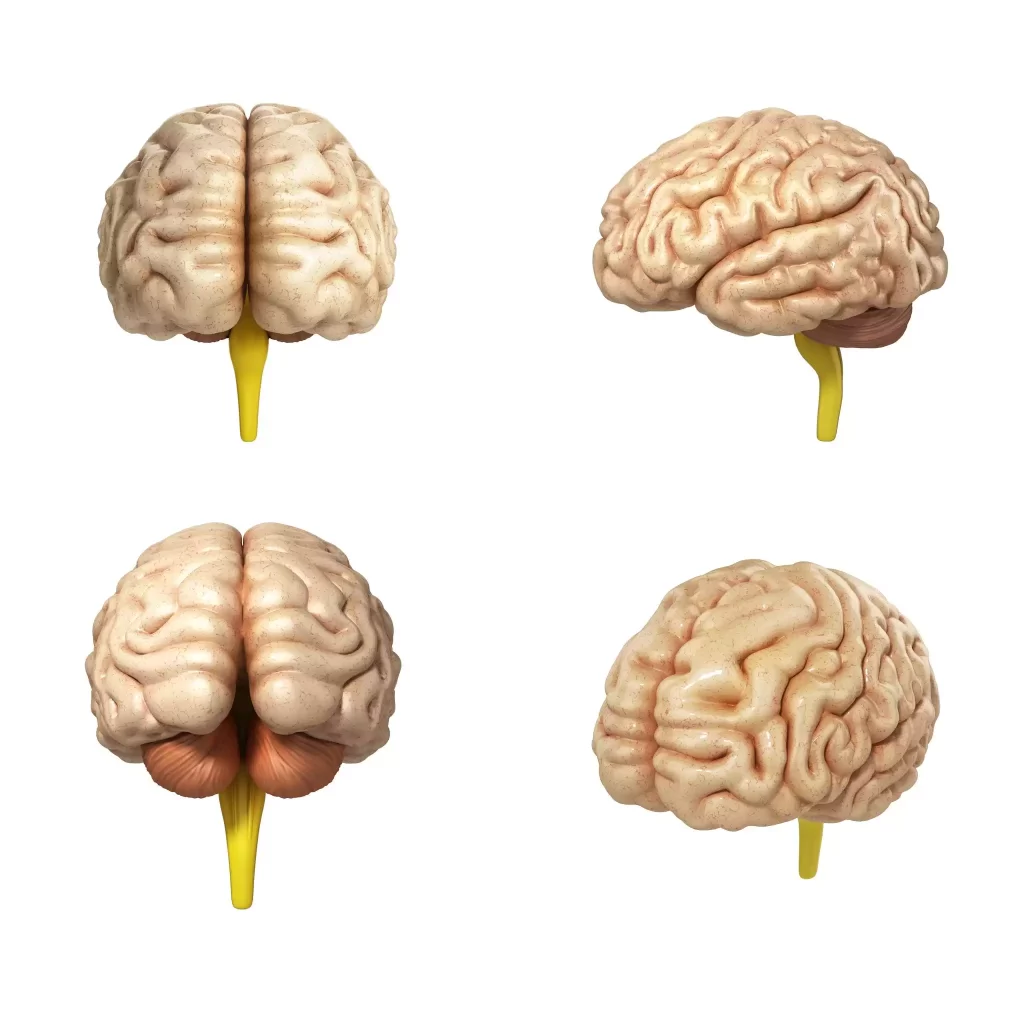THE FOUNDATIONS OF THE AEQ METHOD

THE THREE BRANCHES OF THE AEQ APPROACH
The three branches of the AEQ approach (method, breathing, and relationships) are intended to help us understand the actual condition, development, and structure of overall emotional maturity. They allow us to…

What does it mean if we don’t feel the ground beneath us during AEQ exercises?
When we lie on the floor, with appropriate explanation and understanding, and through accepting the subjective part of ourselves, we can gain a sense of how much we can lean on our past—because everything…

Desire and Will to Live Through Development and AEQ Understanding
We are born into a state of high disorder, strong dependence on more organized individuals (our parents), and with fragile syntropy. This state allows us a wide variety of developmental possibilities in the future.

The Effects of Regularly and Correctly Performing AEQ Exercises
With AEQ exercises, you will feel an increase in your resistance to stress. The exercises teach you how to respond more effectively to daily challenges, allowing you to handle difficult situations more easily. You gain a…

From Taking Responsibility to Gaining Trust
Becoming responsible primarily means beginning to take ownership of your life, your thoughts, emotions, and actions. It is the awareness that your inner world is not something shaped by external circumstances…

Why Do Some People Fall Asleep During an AEQ Exercise?
Falling asleep during AEQ exercises has various causes. The most common physical reason is overexhaustion, which may appear in chronic form due to sensorimotor amnesia (SMA) or sensorimotor…

How the AEQ Method Defines the “Ego”
In its broadest sense, the term “ego” refers to our conscious experience of ourselves – the sense of “I” or personal identity. The concept originates from psychology and philosophy, where it has been…

Synchronicity: A Bridge Between the Body, Mind, and Environment
Synchronicity, a concept developed by Carl Gustav Jung, represents the idea of meaningful coincidences that transcend simple causal connections between events. According to Jung, these events are…

AEQ Method: The Key to Change Through Consciousness and the Body
Have you ever wondered why certain patterns of breathing, movement, or even emotional expression limit your ability to feel more relaxed and effective in life? The AEQ Method offers both answers…

When Parents Subconsciously Influence Their Children
Although parents often have good intentions, their behavior is frequently not constructive. One example is constantly calling their adult children and redirecting the conversation toward themselves.

When Parents Choose to Be Alone
Let us take the example of a woman who believes that it is better to be alone, as it is much easier for her than being in a relationship and functioning normally within it. It is important to understand that…

The Importance of an Ordered Environment in Understanding and Applying the AEQ Method
The AEQ method is not a relaxation technique or a therapeutic approach, but a comprehensive philosophy for understanding and improving physical, emotional, and mental efficiency. For the long-term…

When a Partnership Becomes a Single System with Two Heads
Partners increasingly behave as a single entity or system, possessing two heads, four arms, and four legs. This unity gives them the potential to become more effective in solving problems while also…

Why Women Take on the Role of Mother in a Relationship
Love is tender, deep, and full of emotional connection. But sometimes, a romantic relationship turns into something that more closely resembles the dynamic between a mother and child than…

Is Love in a Relationship Truly Unconditional or Dependent on Needs and Benefits?
Love—a word that carries the weight of hope, expectations, ideals, and deep emotions. Many perceive it as an unconditional force that transcends reason and breaks through all barriers. Romantic…

The Connection Between The Left And Right Hemispheres Through The AEQ Perspective
The brain is not only the seat of consciousness but also the meeting point of two opposing yet complementary forces—the left and right hemispheres. The left hemisphere is the realm of analysis,…
